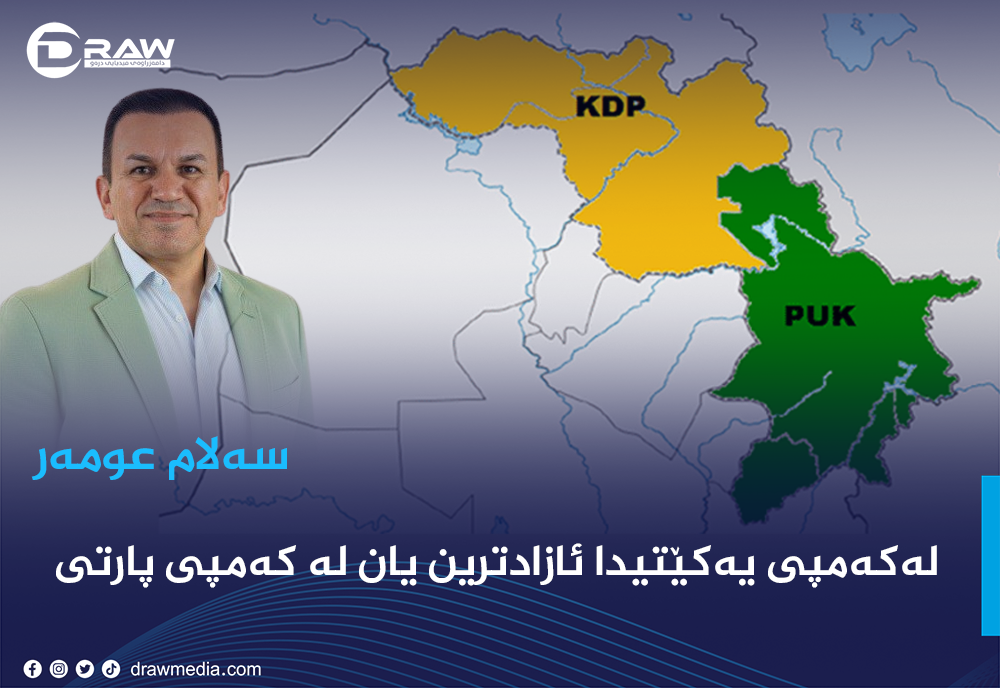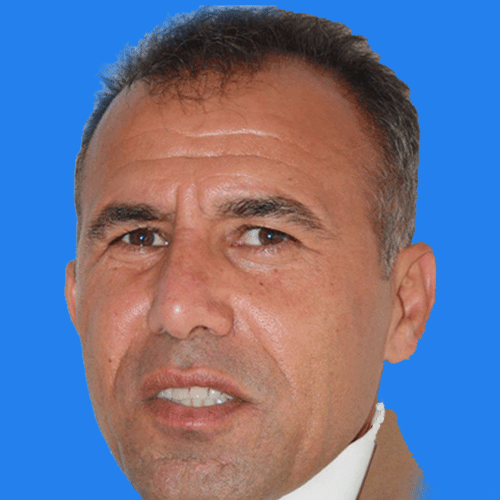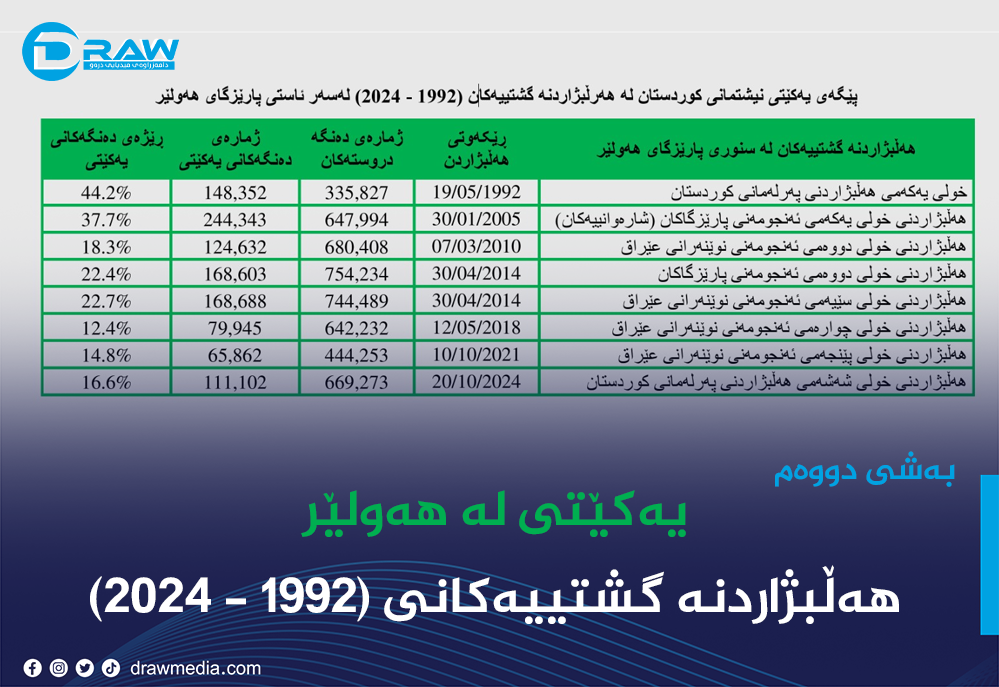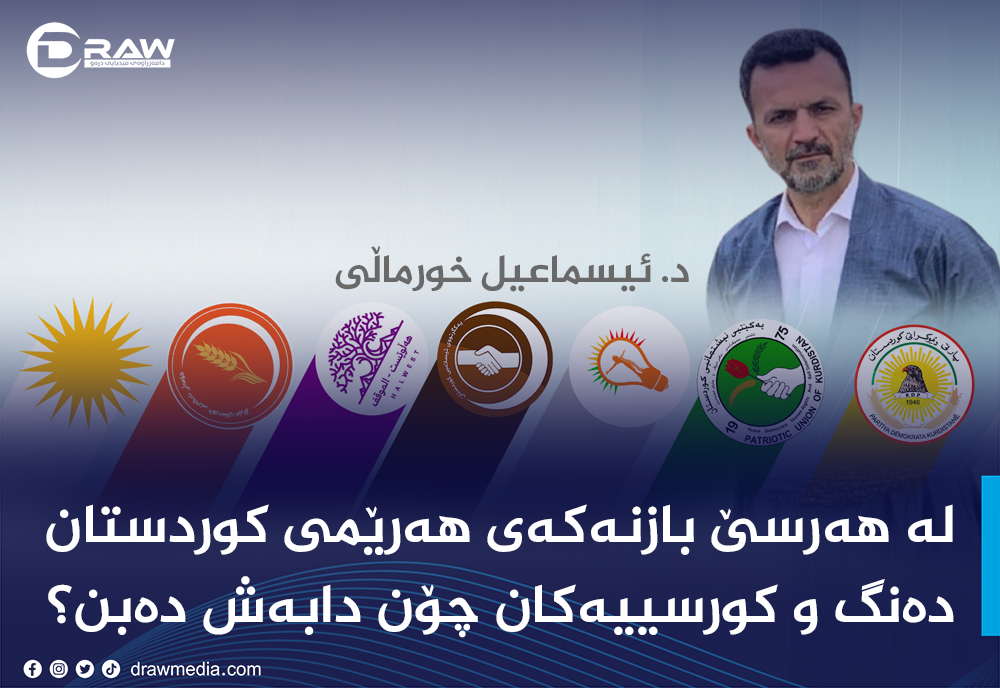Gendarmerie in the territory of the Kurdistan Region

2022-07-22 21:56:47
Draw Media
Since 2015, 138 civilians have been killed in the Kurdistan Region by Turkish bombings. According to a map of the Turkish presidency, there are 37 Turkish intelligence bases in the Kurdistan Region, which contain thousands of soldiers, hundreds of tanks, artillery and heavy weapons.
Bombing
On Wednesday, July 20, 2022, Turkey shelled the tourist area (Parakh) in Zakho district, killed (10) civilians and injured more than (20) others, all of whom were Arab tourists.
Reactions from within the Kurdistan Region have been transferred to the Iraqi streets. The demands to the withdrawal of the Turkish army from Iraqi territory have increased because these incidents have been repeated dozens of times.
According to the Iraqi Kurdistan Team (CPT), 138 civilians have been killed in the Kurdistan Region since 2015 due to Turkish shelling.
According to the director of Darkari district of the village of (Parakh), Turkey fired 693 artillery shells and 70 rockets into the area in July 2020 alone, damaging most of the villages in the area.
According to Jabar Yawar, former Secretary General of the Peshmerga Ministry in the Kurdistan Region, the number of Turkish air strikes on the Kurdistan Region in the past four years has reached (398) attacks, in addition to (425) artillery attacks More than 20 civilians have been killed in the attacks, which have destroyed border villages, hospitals, roads, bridges and schools.
Turkey in the Kurdistan Region
The history of Turkey's military presence in the Kurdistan Region dates back to 1997, but the Turkish army's cross-border operations against the PKK date back to the 1980s.
Turkey has been conducting military operations against the Kurdistan Workers' Party (PKK) since 1983, both inside and outside the country.
• In May 1983, Turkey launched its first cross-border military operation in agreement with the Iraqi government, involving thousands of Turkish troops.
• In October 1984 and August 1986, Turkey launched two more military operations, but neither succeeded in eliminating PKK guerrillas.
• After a period of silence, Turkey launched its fourth operation in 1991 under the name of “Gochan”, which was the year in which Turkish military headquarters and bases increased throughout Kurdistan provinces.
• In 1992, the late Turkish Prime Minister Turgut Ozal wrote a letter to Kurdistan Workers' Party (PKK) leader Abdullah Ocalan (imprisoned in Turkey since 1999) asking him to reduce military attacks against the Turkish army as a starting point for negotiations. But the efforts failed to reach a tangible result.
• In the same year, Turkey launched another operation involving 15,000 troops, using tanks, heavy artillery and fighter jets, but it was unsuccessful. The forces withdrew 20 days after the operation began.
• After that, a number of other operations were conducted in 1993, 1994 and 1995 with the participation of tens of thousands of soldiers. In the last operation with the help of the Kurdistan Democratic Party (KDP) (30,000) soldiers participated in the operation, which lasted (45 days) to take control of the area "Haftanin", but was unsuccessful, after a month and a half Turkey withdrew from the offensive.
• In early 1999, the number of operations conducted by Turkey in the Kurdistan Region to destroy PKK guerrillas reached 24 operations. In 2000, 2007 and 2008, Turkey conducted similar operations too.
%20copy.jpg)
Turkey in the Kurdistan Region
With the continuous attacks and invasions of Turkey to the Kurdistan Region, the number of Turkish military and intelligence bases in the Kurdistan Region is increasing day by day.
According to a map released by the Turkish presidency, Turkey has 37 military and intelligence bases in the Kurdistan Region.
Turkey has dozens of bases in the Kurdistan Region. After the arrival of ISIS, under the pretext of liberating Mosul, in December 2015, Turkey brought a large force of about (900 soldiers), (16 tanks) and (20 armored vehicles) to Bashik near Mosul. Turkey's excuse for bringing the force was to fight ISIS, but in 2015, out of 300 air strikes and operations, only three were against ISIS, while 297 were against the bases in the areas under the control of the PKK, which means that 1% of Turkey's attacks on ISIS and 99% of the attacks were on the PKK.
This is when Turkey has several other military bases in the Kurdistan Region, especially after the civil war, with the consent of the Kurdistan Democratic Party (KDP), within the framework of the "peacekeeping" force, in 1997, a large Turkish force was deployed in Bamerni, Amedi district, consisting of a military airport, 38 Tanks and 738 soldiers.
In 1997, Turkey opened three more military bases in Dereluk, 40 km north of Amedi district. In the same year, Turkey established another military base in Kani Masi of Amedi district and Sersi village, 30 km north of Zakho. All the Turkish military bases in the Kurdistan Region are located near the border between the PKK and the KDP.
According to a report by the Southern Protest Network published in December 2015, the number of Turkish forces in the Kurdistan Region had reached (3 thousand 235) officers, soldiers and gendarmerie of the Turkish army with various types of weapons and ammunition.
According to the report, Turkey has (58) tanks, (27) armored vehicles, (31) artillery and (26) mortars, (17) RPGs and (10) machine guns, (40) military vehicles in the Kurdistan regio.
According to the report, the Turkish army is deployed in the Kurdistan Region of Iraq (KRG) on 13 military bases and headquarters in the border areas of Duhok province, which has an intelligence department in all military bases:
* The largest Turkish military base in terms of the number of soldiers, is in (Kani Masi) district. There are 580 soldiers, 91 officers, 240 gendarmes and 340 strike forces in the base.
The largest Turkish military base in terms of logistics is the Bamerni military base, located opposite Bamerni district. Inside the military base there is the largest intelligence unit belonging to the army.
There are also 30 tanks, eight armored vehicles, six mortars and six military vehicles, in addition to an advanced sound equipment used for espionage.
* Batufa military base has a special intelligence unit consisting of 20 people. The Batufa military base is the largest intelligence base in Zakho district. It has 400 soldiers, 6 tanks, 21 armored vehicles, 14 military vehicles.
* The military base (Kribi) in Zakho district has (414) soldiers, (6) tanks, (15) RPGs, (2) machine guns, (6) armored vehicles, (11) artillery, (14) military vehicles.
* Sinki barracks contains 80 soldiers and a 120 mm cannon.
* Seiri military base is located in Amedi district. It has 75 soldiers, 6 tanks, three machine guns, 6 mortars and 4 armored vehicles.
* Kubki military base in Amedi district. It has deployed 130 troops and two tanks.
* Qumri military base in Matina area has 70 soldiers and a number of military equipment.
* Kukhi Spi military base has 70 soldiers and a number of military equipment.
* 70 soldiers and a number of military equipment are stationed in the Daray Davatiya military base in Haftanîn.
* Sar-e-Ziri military base has deployed 60 soldiers.
* In Gali Zakho base has deployed (34) soldiers.
* 45 soldiers with full weapons and military equipment have been deployed in Amedi military base.
* The headquarters of the MIT intelligence agency is located in the center of Amedi district.
* The headquarters of the MIT intelligence agency is located in the center of Batufa district.
* Headquarters of the MIT intelligence agency in Zakho district in Bedari neighborhood.
* Headquarters of the MIT intelligence agency in the center of Duhok district in Grebasi neighborhood.
* Turkish military base in Bashik.
The presence of the Turkish army in the Kurdistan Region is only to protect Turkey's security and gather information about South Kurdistan, especially about the Kurdistan Workers' Party (PKK). The presence of this Military hasn’t had any benefit for the Kurdistan region. When ISIS attacked Erbil, Turkey refused to send troops, even refused to use the forces of these military bases, while the Bamarne military base is a military airport and Turkey could attack ISIS from there.
According to a report by the BBC, Turkey has 27 additional bases in the Kurdistan Region, some sources say that the number has now increased to 32 bases.
Turkey's main goal in building more military bases in the Kurdistan Region, especially in the areas of Batofan, Bamerni and Amedi, is to control the two areas "Haftanin and Matina", both considered two strategic areas for future military operations against the PKK.
An agreement for Crossing the border
The invasion of the Turkish army into the Kurdistan Region is considered a violation of Iraqi sovereignty, but Iraq has not taken any practical steps except for some protests, because Iraq and Turkey signed an agreement in 1982, according to the agreement. The main goal of the agreement was to attack the PKK for Turkey and the Kurdish revolution in South Kurdistan for the Iraqi government.
In 1995, another agreement was signed between Iraq and Turkey. In 2007, when the Iraqi Foreign Minister Hoshyar Zebari was renewed, instead of ending the border crossing, the distance was increased from 20 kilometers to 25 kilometers.







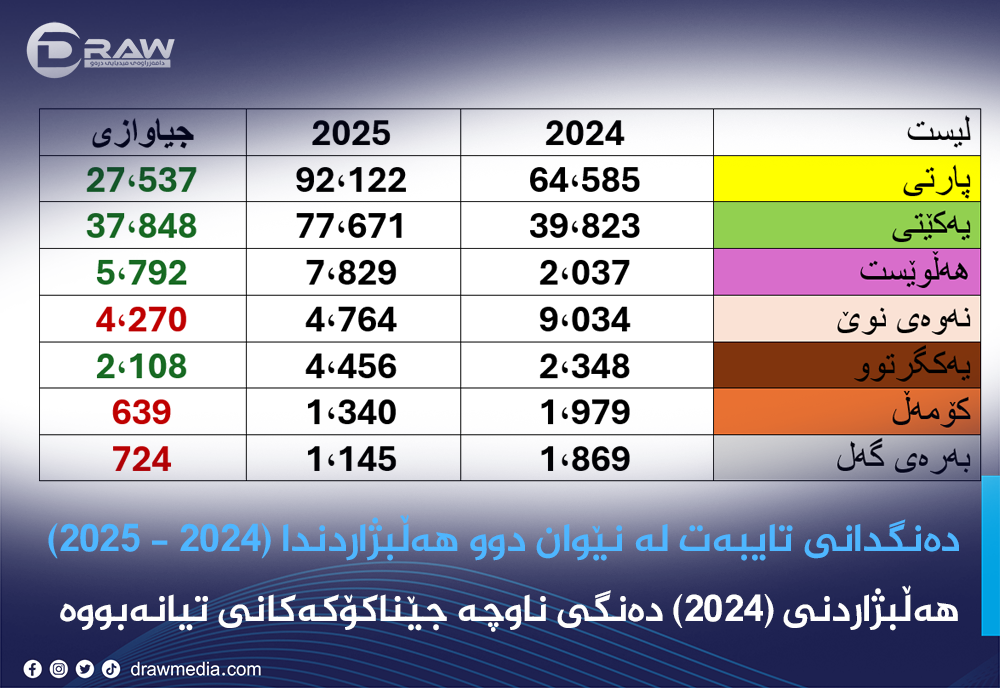
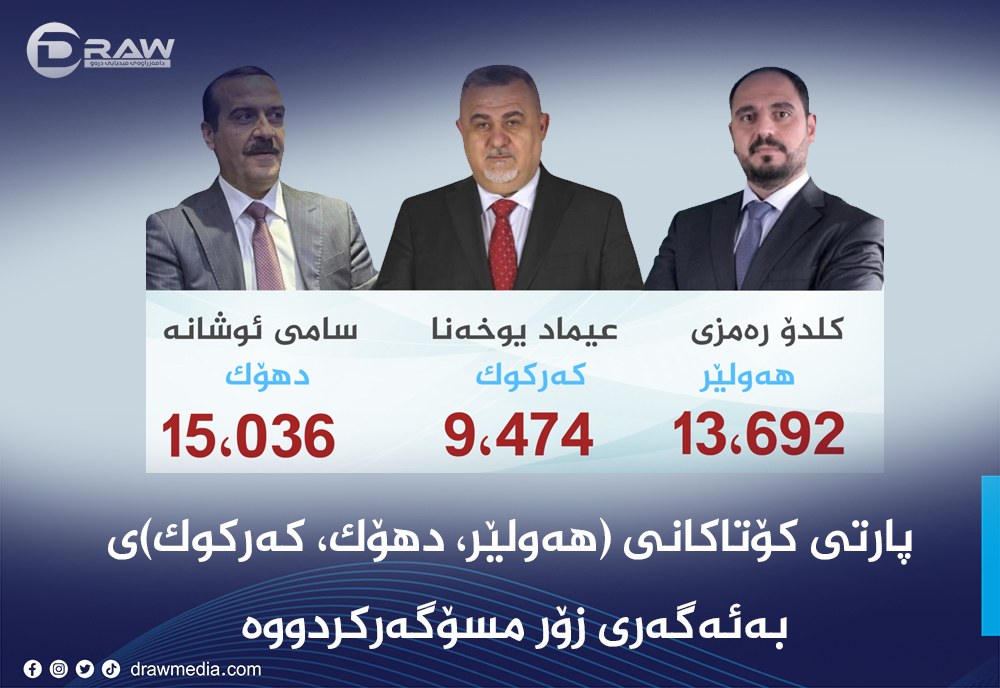
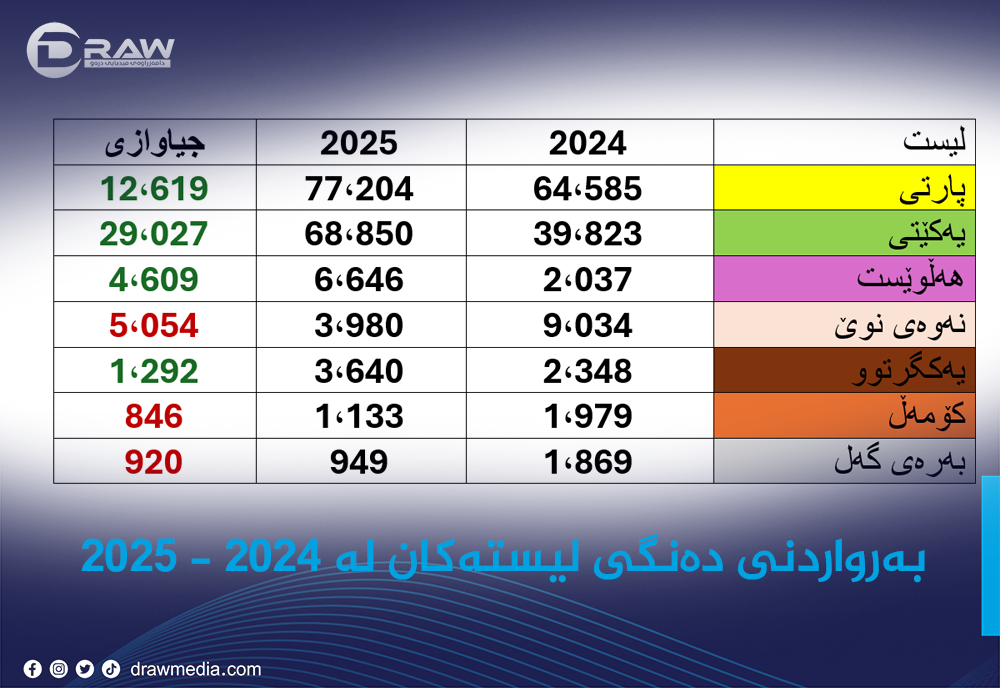
.png)

